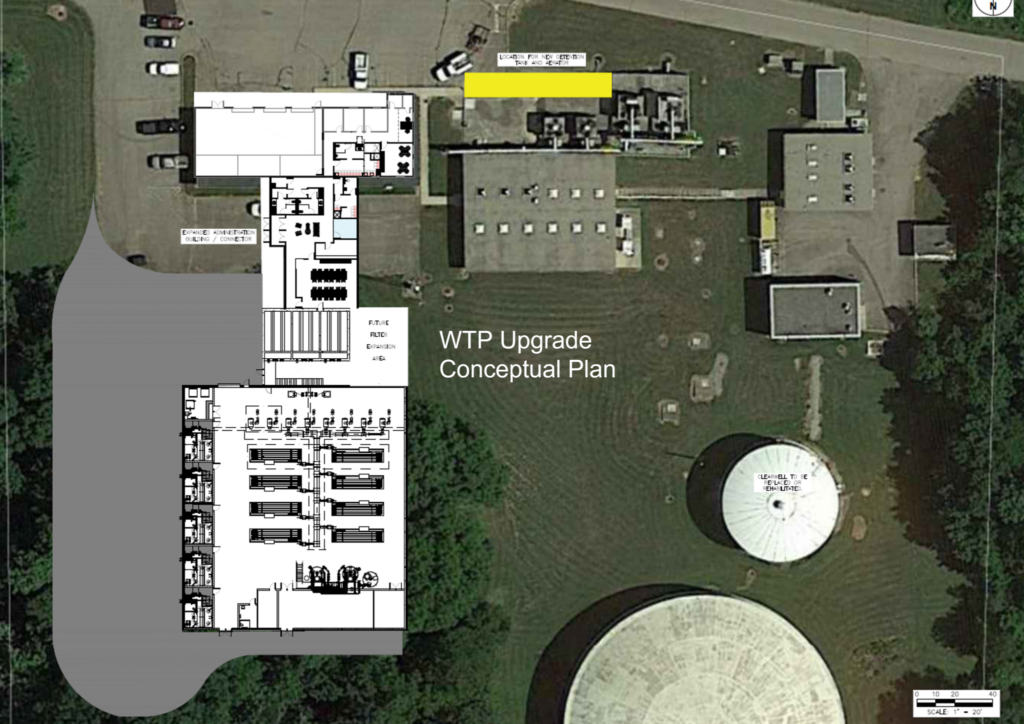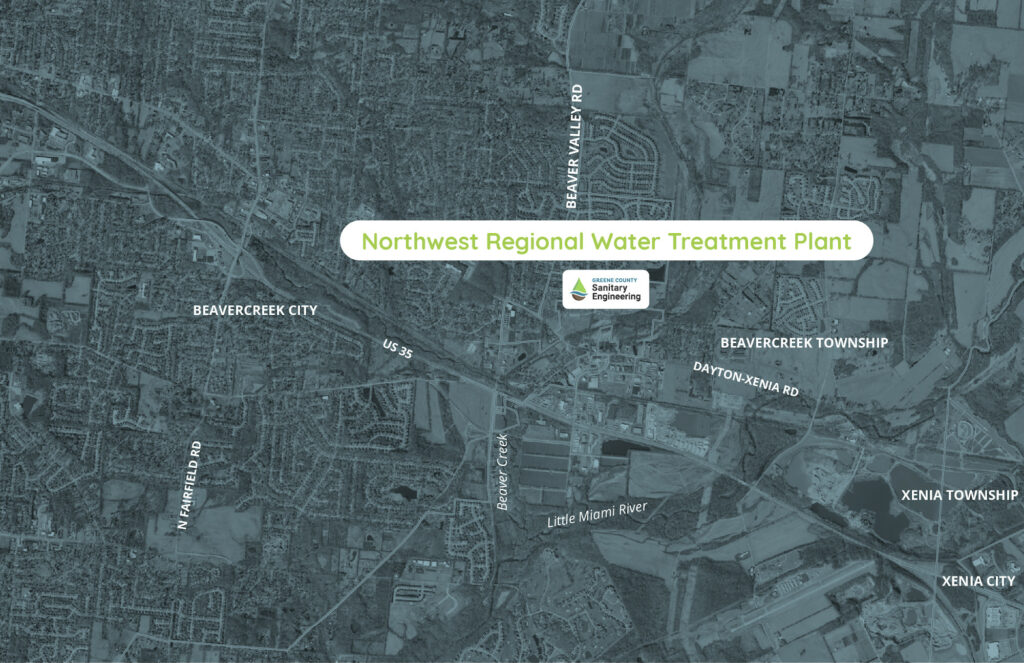Project Files
Transitioning to Softened Water
Improvements at the Northwest Regional Water Treatment Plant will soften and enhance water quality and increase system reliability.
The public water supply in Greene County comes from underground sources. As the water is pumped to the surface, it passes through limestone, which results in hard water that has a high concentration of minerals, particularly calcium and magnesium. The RO membrane treatment works by forcing water through a semipermeable membrane that removes these minerals. Unlike home ion exchange softeners, no sodium is used during RO treatment.
The new RO system reduces the hardness level from 27 grains per gallon to 8 grains per gallon. This added treatment process improves your overall water quality.
This effort was completed in phases. Water quality testing was conducted regularly to confirm the process is working as expected.
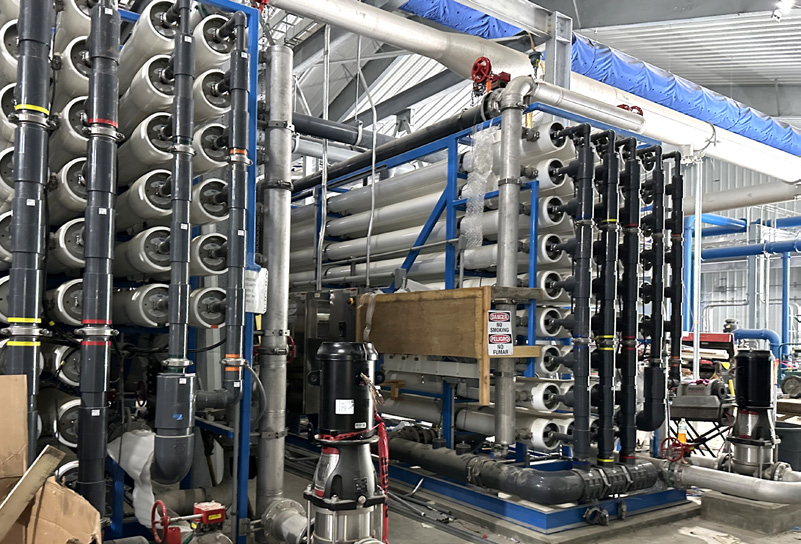
Water Softening Technology
The water softening process is safe and improves water quality. Water is being softened using a reverse osmosis system that removes contaminants and impurities from water with a semi-permeable membrane. Pressure moves water through the membrane, but dissolved minerals, heavy metals including iron and manganese, chemicals, bacteria, viruses and other harmful substances are captured in the membrane.
The water treatment plant improvements reduces the water hardness from the previous 27 grains per gallon to the current 8 grains per gallon.
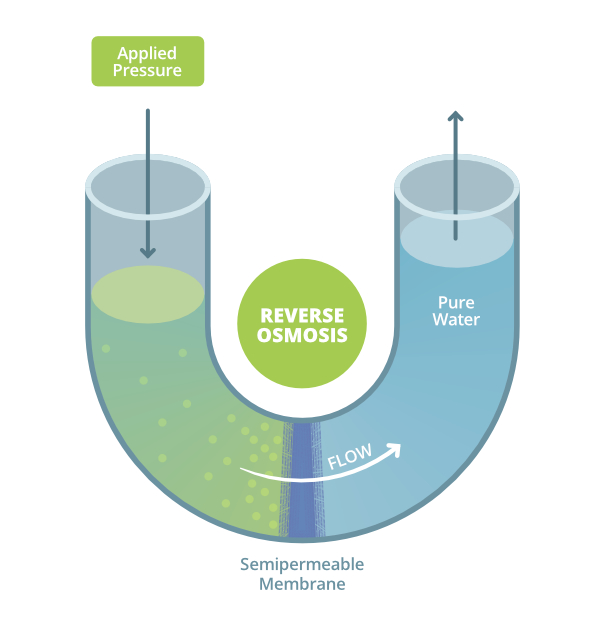
Benefits of Softened Water
Water Quality
- Improved taste, appearance and smell
- More efficient cleaning – Less soap required with soft water
- Significantly reduced hard water stains on silverware, fixtures, appliances, and clothing
- More efficient heating with soft water than hard water due to less build-up of scale.
Equipment Maintenance
- Water softeners may no longer be needed
- If use of water softener continues, less salt replacement is needed
- Less frequent repairs or replacement of plumbing fixtures and water using appliances.
Cost Savings
- Reduction in cost for salt used in water softeners (if use continues)
- Decreased cost for replacement of fixtures water-using appliances
- Decreased cost for soap and detergents because of better cleaning efficiency
- Decreased energy use from heating efficiency
The water softening process will improve overall water quality including the reduction of discoloration, and lowering of mineral content. The high concentration of minerals can negatively impact the efficiency and lifespan of appliances that require water for operation. Softer water will increase the longevity of your water-using appliances and plumbing fixtures, which may lead to cost savings from fewer repairs and replacements.
Soft water results in more efficient cleaning, decreasing usage of soap and detergents and resulting in potential cost savings. Stains on silverware, fixtures, appliances, and clothing that are typical of hard water will be reduced. Hard water can combine with soap to form a scum that can be difficult to wash off and lead to dry skin and hair. Because soft water is easier to rinse, it may result in softer skin and hair. Soft water heats more efficiently than hard water, which can decrease energy use.
What to Expect During the Transition
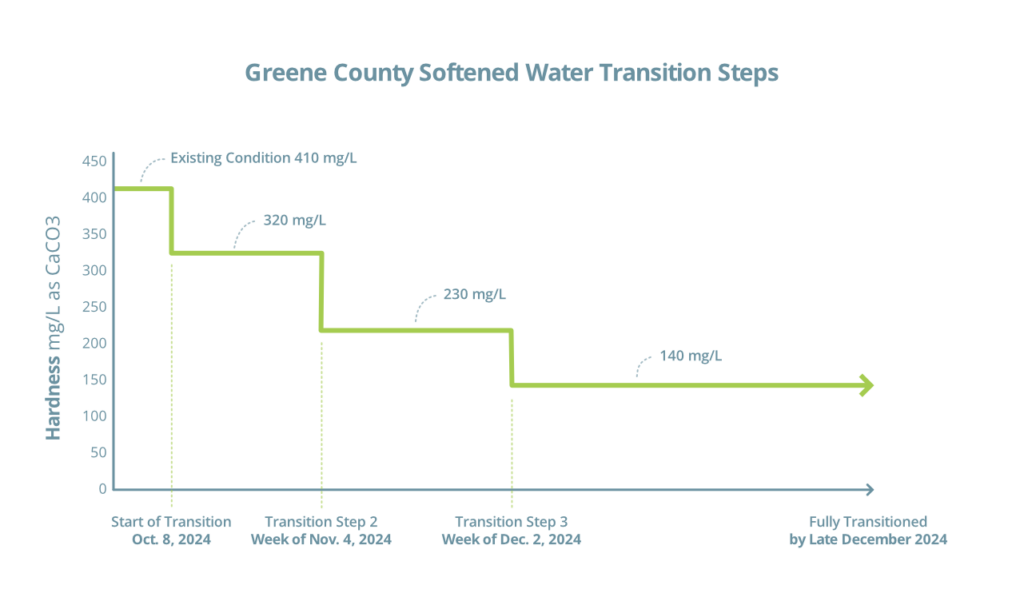
- Water quality testing will continue to confirm the process is working as expected.
- Customers with in-home water softeners should recalibrate or discontinue use of their water softener.
- Customers can test the hardness of their water and should adjust water softeners based on preference.
- Mineral content in the water will change, and customers may choose to supplement in some cases.
FAQs
The public water supply in Greene County comes from underground sources. As the water is pumped from beneath the ground surface, it passes through limestone, which results in hard water that has a high concentration of minerals, particularly calcium and magnesium. The reverse osmosis filtration system being installed at the water treatment plant reduces the hardness level from the previous 27 grains per gallon to the current 8 grains per gallon. This added treatment process will improve overall water quality.
Reverse osmosis membrane treatment works by forcing water through a semipermeable membrane that removes calcium and magnesium from the water. It is a physical process that does not include the addition of chemicals. Once the upgrades are complete, the softened water will be phased into the supply over time so that we can monitor the water quality and confirm the process is working as expected.
Customers are now receiving softened water.
Customers who are not already using a water softener to manage water hardness may notice a difference in the taste of water. Customers often report that hard water has a mineral-like or metallic taste, which should be improved by the lowering of minerals in the water. If you have been using a water softener in your home, you may not notice a difference in water taste. You may need to make adjustments to your water softener to manage your personal preferences.
Removing your water softener is a matter of personal preference. Water was previously supplied at 27 grains per gallon. Water is now at 8 grains per gallon. You can continue using your softener to treat further if desired, but you will need to recalibrate your softener for the lower hardness level.
Local home improvement retailers have water hardness test kits available for in-home use.
Most plants may benefit and be resilient from the change of the hardness level from 27 grains per gallon to 8 grains per gallon. However, more sensitive plants may need additional nutrients.

